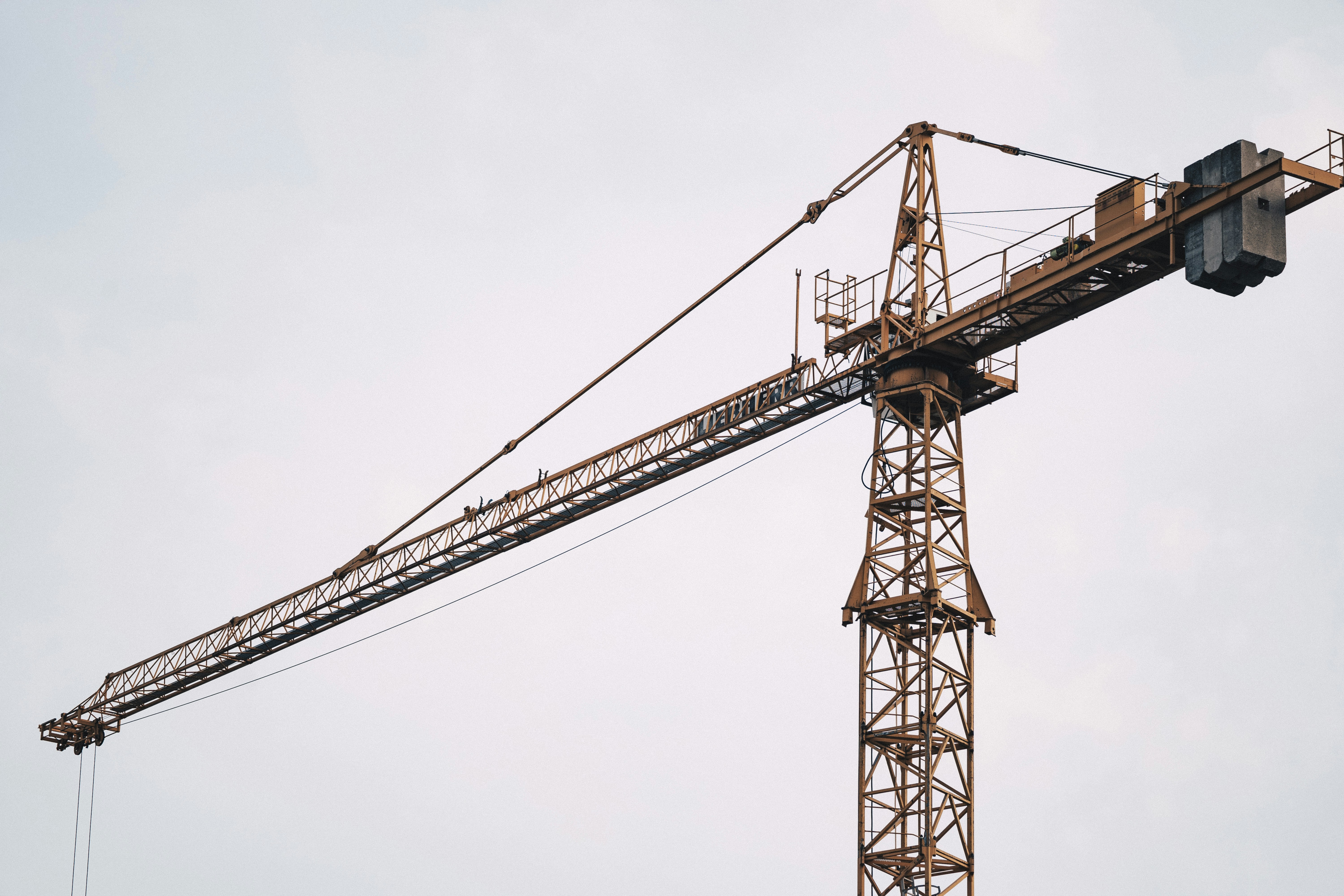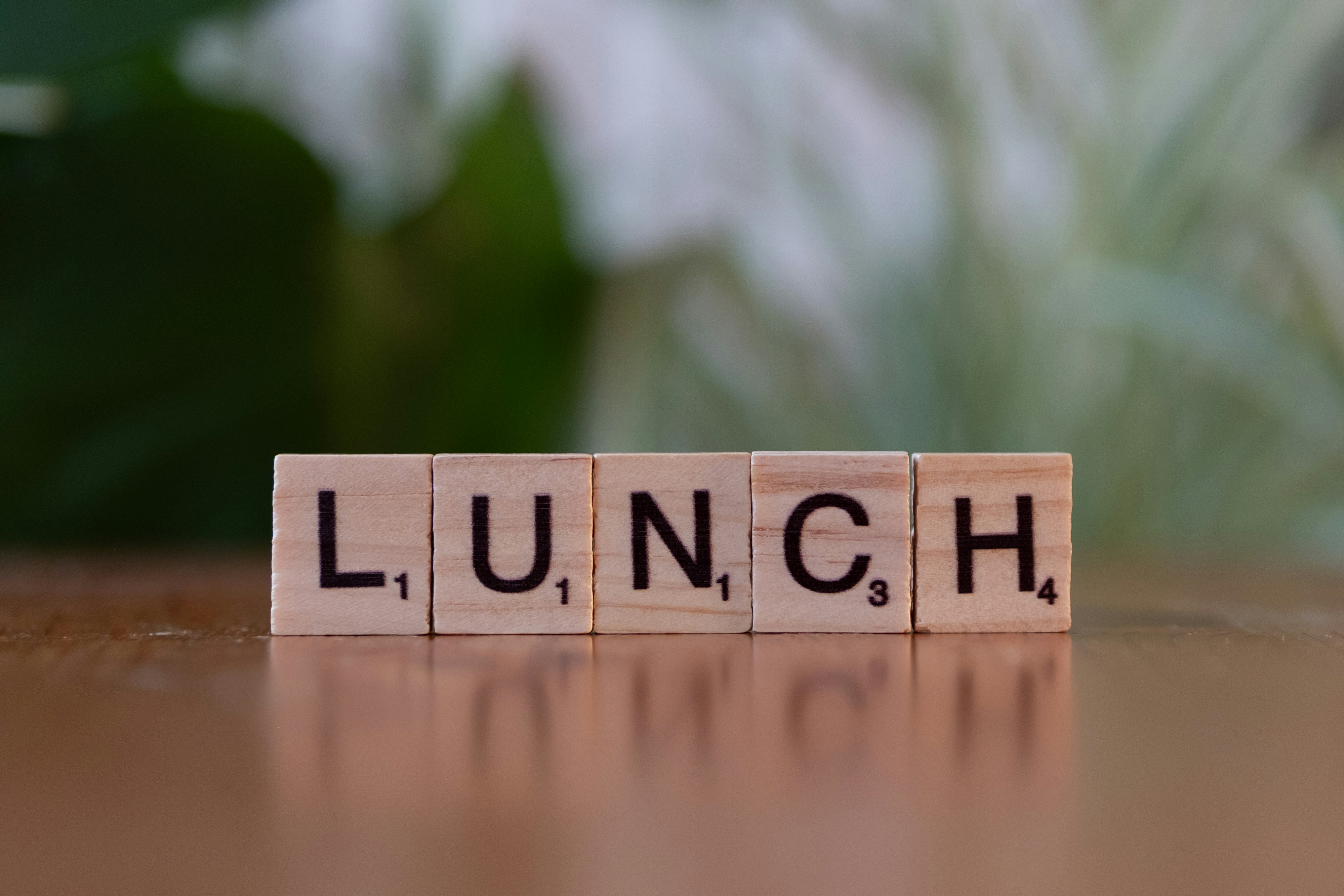Crane and scaffold accidents are unfortunate yet frequent occurrences at construction sites, posing significant risks to workers' safety. Understanding who is liable for these incidents is crucial for victims seeking justice and compensation. These accidents often result from a blend of common hazards, safety violations, and negligence, making it imperative to delve into the intricacies of construction site liability.
Identifying the parties responsible in such accidents—ranging from general contractors and subcontractors to property owners and equipment manufacturers—is essential. The role and responsibilities of each entity can directly influence the outcome of liability claims. Thus, grasping how Occupational Safety and Health Administration (OSHA) regulations interplay with liability determinations is fundamental for legal proceedings.
This article thoroughly examines the legal aspects of crane and scaffold accident claims, shedding light on the importance of robust legal representation and the challenges victims face. It also guides selecting the right attorney, ensuring victims navigate the complex legal landscape effectively. Join us as we unravel these intricacies, equipping you with the knowledge needed for pursuing justice in construction accident scenarios.
Causes of Crane and Scaffold Accidents
Crane and scaffold accidents can result in severe personal injuries on construction sites. Understanding the causes of these accidents is crucial for prevention. Accidents often occur due to equipment failure, poor weather conditions, or operator error. Each construction site presents unique challenges and risks that can lead to incidents without proper precautions. Identifying these causes can help construction companies, property owners, and crane manufacturers reduce liability and enhance safety protocols.
Common hazards and risk factors
Crane and scaffold accidents are often attributed to several common hazards and risk factors. Heavy machinery, like cranes and scaffolds, poses inherent dangers. Factors such as unstable ground, proximity to power lines, and improper load handling can elevate these risks. In New York City, for instance, crane collapse incidents are frequently reported due to high urban density. Construction sites need to address these hazards to prevent accidents. Proper training and adherence to OSHA standards for crane safety and fall protection are essential in mitigating these dangers.
Safety violations and negligence
Safety violations and negligence are significant contributors to construction accidents. Failing to comply with OSHA regulations often results in severe consequences. Responsible parties, including construction companies and property owners, must enforce stringent safety protocols. Negligence occurs when safety equipment is inadequate or improperly used, and safety measures are ignored. Violations like these can lead to traumatic brain injuries or spinal cord injuries. Construction accident lawyers often handle cases where negligence is evident, and victims deserve compensation benefits or pursue product liability claims.
Understanding these root causes and fostering a culture of safety can prevent crane-related deaths and reduce property damage. Legal rights protect workers, but upholding safety is the best defense against construction site accidents.
Key Parties in Construction Site Liability
Construction sites are bustling with activities and heavy machinery, all aimed at creating new structures. With cranes reaching for the sky and scaffolds rising steadily, there's a lot at stake regarding safety. But, when accidents like crane collapses or scaffold falls happen, determining who's at fault can be complex. Liability often involves multiple parties, including general contractors, subcontractors, property owners, and equipment manufacturers. Understanding the roles and legal obligations of each can help clarify responsibility and secure rightful compensation for damages or injuries. Key factors like negligence, adherence to OSHA standards, and usage of proper safety equipment are crucial in pinpointing liable parties.
Role of General Contractors
General contractors play a pivotal role in the safety and management of construction sites. They are responsible for overseeing the entire project, ensuring that all processes comply with Occupational Safety and Health Administration (OSHA) standards. Their duties include establishing safety protocols and coordinating with various trades to maintain a safe working environment. If a crane accident occurs, they might be held liable if they've failed to implement necessary fall protection or crane safety measures. In some cases, their liability is determined by their contracts and how they manage risks, supervise activities, and address safety concerns.
Obligations of Subcontractors
Subcontractors are hired for specific tasks within a construction project, such as electrical work or plumbing. Their obligations include adhering to safety protocols and meeting OSHA guidelines while executing their duties. They must ensure their crew is trained and equipped with protective gear to prevent accidents. If an incident like a scaffold collapse occurs due to a subcontractor’s negligence, they could be liable for damages. It is essential that subcontractors maintain effective communication with general contractors to address safety issues promptly. Their role in liability is assessed by their actions on-site and their adherence to established safety measures.
Responsibilities of Property Owners
Property owners have significant responsibilities in ensuring safety on construction sites. They are tasked with providing a safe environment before construction begins, which includes identifying and mitigating potential hazards. Their liability may arise if an accident happens due to neglected maintenance or failure to disclose known dangers, such as unstable ground or proximity to power lines. To minimize risks, property owners often ensure compliance with safety regulations and verify insurance coverage of the involved parties. Their involvement is crucial in case of personal injury claims, as they can be seen as partly responsible for site safety and hazard prevention.
Liability of Equipment Manufacturers
Equipment manufacturers are accountable for ensuring that cranes, scaffolds, and other heavy machinery are free from defects and safe to use. If an accident occurs due to a faulty product, victims might file product liability claims against the manufacturer. Manufacturers must adhere to stringent safety standards and conduct thorough testing before their equipment is distributed. Their responsibility involves providing clear usage instructions and conducting recalls if necessary. Legal rights for injured parties can hinge on whether the accident was due to a design flaw or manufacturing error, making the manufacturer a potentially liable party.
Involvement of Construction Companies
Construction companies orchestrate various aspects of building projects and thus hold a significant stake in ensuring safety on site. They hire competent contractors and subcontractors, implement comprehensive safety training programs, and strive for strict adherence to safety regulations. If an accident takes place, they may face liability if they were negligent in their hiring practices or failed to enforce OSHA safety standards. Construction companies must work closely with insurance companies to manage risk and potential compensation benefits for injured workers. Their overall involvement is critical in safeguarding well-being and minimizing legal repercussions related to construction site accidents.
Understanding OSHA Regulations
In the world of construction, safety is of utmost importance. The Occupational Safety and Health Administration (OSHA) plays a vital role in enforcing safety standards at construction sites. OSHA's aim is to ensure the safety and health of every worker, especially when dealing with potentially dangerous equipment like cranes and scaffolds. With strict regulations, OSHA seeks to minimize accidents and protect employees from harm. But what happens when these regulations are not followed? Who becomes liable in the event of an accident? Understanding OSHA standards is crucial for identifying responsible parties and navigating legal rights when injuries occur.
Overview of OSHA safety standards
OSHA safety standards serve as the backbone for safe practices in construction sites. These regulations cover a wide range of areas, including fall protection, crane safety, and the use of heavy machinery. They require construction companies and property owners to maintain safe environments, providing proper safety equipment to their workers. For instance, OSHA mandates the use of fall protection in scaffold work and outlines specific guidelines for operating cranes near power lines to prevent crane collapse. By adhering to these OSHA standards, construction companies can effectively reduce the risk of accidents that lead to severe injuries, such as spinal cord injuries and traumatic brain injuries. In doing so, they not only protect their workers but also mitigate their own liability.
Impact of OSHA violations on liability
When OSHA regulations are violated, it significantly impacts liability in construction accident cases. If an accident occurs due to non-compliance, responsible parties such as construction companies, crane manufacturers, and property owners may be held accountable. These violations can strengthen a personal injury claim, providing victims with grounds to seek compensation benefits for injuries sustained. An insurance company involved in such a case may also scrutinize the adherence to OSHA standards to determine liability for property damage. Legal rights are often influenced by these violations, as they highlight negligence on the part of employers or contractors. Failing to follow OSHA protocols not only increases the potential for crane-related deaths but also shifts the legal responsibility onto those who neglected safety measures. For victims, consulting with a construction accident lawyer from a reputable law firm can clarify their options and guide them in pursuing justice against liable parties.
Legal Aspects of Construction Accident Claims
Construction sites can be hazardous, leading to accidents that result in severe injuries or even fatalities. Understanding the legal aspects of construction accident claims is crucial for victims seeking justice. Whether it involves crane collapses, falling loads, or scaffolding failures, knowing who is liable is essential. Various parties could be responsible, such as construction companies, crane manufacturers, or property owners. Compliance with Occupational Safety and Health Administration (OSHA) standards and the use of appropriate safety equipment can also influence liability. For victims, understanding these elements is key to pursuing a personal injury claim effectively.
Importance of Legal Representation
Engaging a knowledgeable construction accident lawyer is vital for those seeking compensation. The legal landscape of construction accidents can be complex, often involving multiple liable parties. A skilled attorney can navigate these challenges, ensuring that victims' rights are protected. They will evaluate if the construction company or equipment manufacturers failed in their duty of care. Legal experts can also ascertain whether safety protocols were breached, leading to the accident. With professional guidance, victims can pursue their claims more effectively, potentially leading to favorable outcomes.
Proving Negligence in Accident Claims
In construction site accidents, establishing negligence is a pivotal step. Victims must show that an entity breached a duty of care, directly causing the injury. This involves demonstrating that safety measures, such as fall protection or crane safety, were inadequately applied or ignored. For instance, if heavy machinery was improperly maintained, resulting in a crane collapse, this might indicate negligence. Legal teams gather evidence, including eyewitness accounts and expert testimony, to substantiate these claims. A well-supported case can lead to successful personal injury claims, securing justice for the affected individuals.
Pursuing Compensation for Injuries and Damages
Victims of construction accidents can seek compensation for a range of damages. This includes medical expenses, lost wages, and non-economic damages like pain and suffering. Compensation benefits aim to alleviate the financial burdens and emotional distress resulting from injuries, such as spinal cord injuries or traumatic brain injuries. In some cases, if the product defect caused the accident, victims might file product liability claims against crane manufacturers. Obtaining compensation often involves negotiations with insurance companies. Through the assistance of a law firm, victims can ensure their claims are robust, increasing the chance of achieving fair settlements.
Challenges Faced by Accident Victims
Accidents on construction sites involving cranes or scaffolds can lead to serious hardships for victims. These incidents often result in severe injuries and substantial personal and financial challenges. Navigating through the aftermath of a crane or scaffold accident involves addressing medical care, grappling with emotional impacts, and dealing with potential career changes due to injury. Understanding who is liable in such accidents is crucial for securing necessary compensation and holding responsible parties accountable. This article aims to explore the various facets of the challenges faced by accident victims, focusing on emotional wellbeing, career implications, and compensation benefits.
Emotional and Psychological Impacts
Surviving a construction site accident can take a heavy toll on an individual's emotional and psychological health. Victims may experience trauma, anxiety, depression, and post-traumatic stress disorder (PTSD) as they cope with the aftermath of their ordeal. The mental strain of dealing with serious injuries should not be underestimated. It can affect not just the victims but also their families and loved ones.
Anxiety and fear can arise from the thought of returning to a potentially dangerous work environment or the unpredictability of future accidents. Depression might settle in due to changes in lifestyle and inability to participate in previously enjoyable activities. Seeking the help of mental health professionals can be beneficial, providing support and coping strategies for dealing with the psychological fallout.
Lastly, developing PTSD is a possibility for those who have experienced particularly harrowing incidents. Symptoms of PTSD might include flashbacks, nightmares, or severe anxiety related to the accident. Proper diagnosis and treatment are essential to help victims regain a sense of control and normalcy in their lives.
Long-term Career Implications and Compensation
A construction accident can have significant long-term implications for a victim’s career. Depending on the severity of the injuries sustained, a worker might be unable to return to their previous job or perform the same duties. Adjusting to new roles or even a new career path can be challenging, contributing to the overall stress of the recovery process.
Injuries such as spinal cord injuries or traumatic brain injuries can lead to permanent disability, making it crucial to assess the extent of these injuries for proper compensation. Falling loads or crane collapse incidents might result in debilitating injuries, necessitating long-term medical care and rehabilitation.
Victims have legal rights to seek compensation for their injuries and any subsequent loss of income. This might involve filing a personal injury claim with the help of a construction accident lawyer. Engaging a knowledgeable law firm experienced in dealing with construction site accidents is vital for understanding the intricacies of personal injury law and ensuring fair compensation. This can help cover medical expenses, lost wages, and other damages related to the accident, ultimately aiding in the process of rebuilding one’s life.
Choosing the Right Attorney for Construction Accidents
When faced with a construction accident, finding the right attorney is crucial. Construction sites are often dangerous, involving heavy machinery and heights that can lead to serious accidents. If you've been injured, you might be considering a personal injury claim to seek compensation for your suffering. Choosing the right legal representation can make a significant difference in securing your legal rights. An experienced construction accident lawyer will navigate the complexities of the law and help determine responsible parties, be it a construction company, property owner, or equipment manufacturer. With the right support, you can address critical concerns such as medical bills, property damage, and lost wages.
Evaluating experience and specialization
When searching for an attorney after a construction accident, focusing on experience and specialization is key. A lawyer with extensive experience in personal injury and construction site cases will likely offer better insight into your situation. They’ll be familiar with issues like property damage, crane collapse, and falling loads, which can significantly impact your case. Such expertise is especially crucial when handling complicated factors like OSHA standards and insurance claims.
Moreover, specialization in construction accidents ensures the attorney understands industry-specific challenges. Investigating heavy machinery accidents or fall protection failures requires a specific set of skills. Attorneys concentrating in these areas are generally well-versed in understanding safety protocols and legalities surrounding injuries, such as spinal cord or traumatic brain injuries. Seeking a specialized lawyer not only helps in navigating the legal system efficiently but can also increase your chances of receiving fair compensation.
Key qualities to look for in legal representation
Choosing an attorney isn't just about their experience; it also involves evaluating their qualities. The right lawyer should possess strong communication skills, ensuring all aspects of your case are clearly explained and understood. Transparent communication establishes trust and keeps you informed throughout the legal process.
Consider their negotiation skills, as settlement discussions with liable parties or insurance companies are critical phases in a personal injury claim. An attorney adept in negotiation can secure a fair settlement without resorting to prolonged litigation, saving you time and stress.
Additionally, look for an attorney who demonstrates compassion and dedication. These are pivotal when dealing with the emotional toll that serious accidents impose. A lawyer who is committed will advocate fiercely for your case, ensuring that your legal rights are protected at every turn. Selecting an attorney with these traits will provide peace of mind during a challenging period, while maximizing your prospects for a favorable outcome.





